Many of us rescue/adopt our own cats from an organization or shelter. So dealing with an expectant ‘queen’ or pregnant cat that is fast approaching her due date isn’t typical. But there are many cats that are rescued while they are pregnant. A person could have an unspayed female in their care too. And may need to know the signs that their cat is in labor.
If you’re not sure what to expect, take a look at this article to help you become the best “midwife” you can be for your pregnant cat.
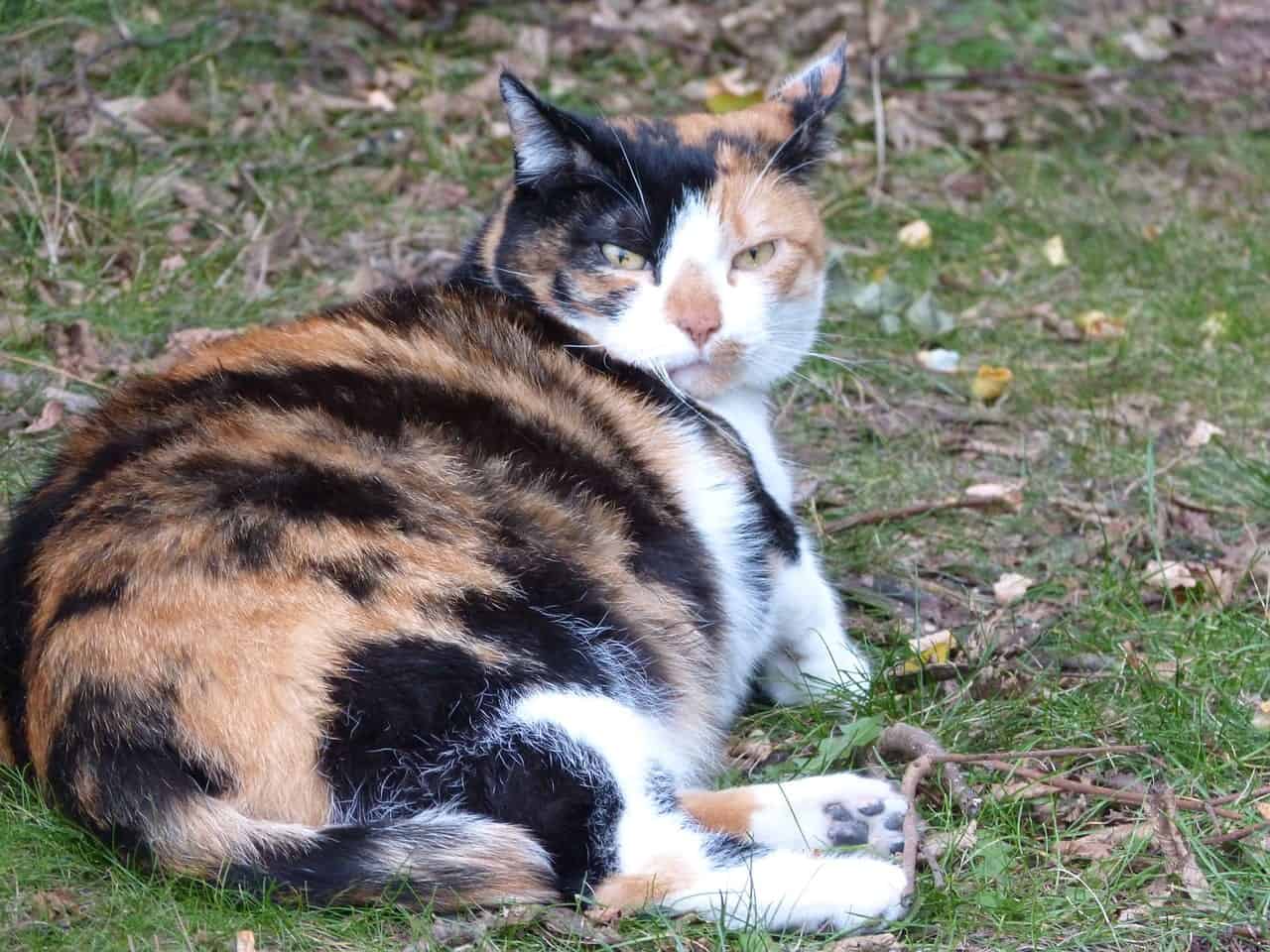
Fact About Cat Gestation: The gestation period for a pregnant cat with kittens is typically 58 to 65 days.
It’s important to note that you should carefully watch for any or all of the signs below for the weeks leading up to your cat’s due date. Just like humans, cats can go into labor before their due date. And it’s your job to closely keep an eye on your cat leading up to her impending due date.
Nesting Time!
If you’ve been pregnant yourself, you can definitely attest to tthis’nesting’ behavior. This is the nervous/anxious energy combined with the excitement of her coming litter. And it can cause your pregnant cat to want to keep herself busy.
But most importantly, your cat is most likely going to start searching for a place in your home where she will deliver her litter safely. Try providing her with a quiet place where she feels calm and safe. The ideal location is away from foot traffic. Especially avoid young children or other pets that may disrupt them. Also, be sure that this area is in a draft free zone. Newborn kittens do not have the ability to regulate their body temperature for the first week of life.

Mama is HUNGRY
Don’t be surprised to see your heavily pregnant cat consume nearly twice of what she normally does. Allow her to eat more to support the tiny beings growing inside of her belly. Consuming more food also helps for her to store energy for the marathon she’s about to take part in. If you want to give her added protein, you can mix some kitten food in with her food during this time for an extra boost.
Fun Fact About Litters: A queen can have between one to eight kittens per litter, averaging between two and five.
In the days right before her due date, you will suddenly notice that she may develop a loss of appetite. Let this be a major sign that her delivery is quickly approaching.

Changes in Her Nipple Area
Before a pregnant cat delivers, there will be changes to her nipple area in the days and weeks leading up to the arrival of her kittens. Around delivery, her nipples will grow larger and pinker, while beginning a milky discharge.
Fun Fact About Expectant Cat Mothers: Cats usually have 4 pairs of mammary glands. Approximately 2 days before your cat gives birth, she’ll start to produce milk.
Another physical sign that your cat is in labor is that her temperature will drop two days before her delivery day. Usually the other signs will be so obvious you won’t need to be concerned with checking her temperature as a sign.
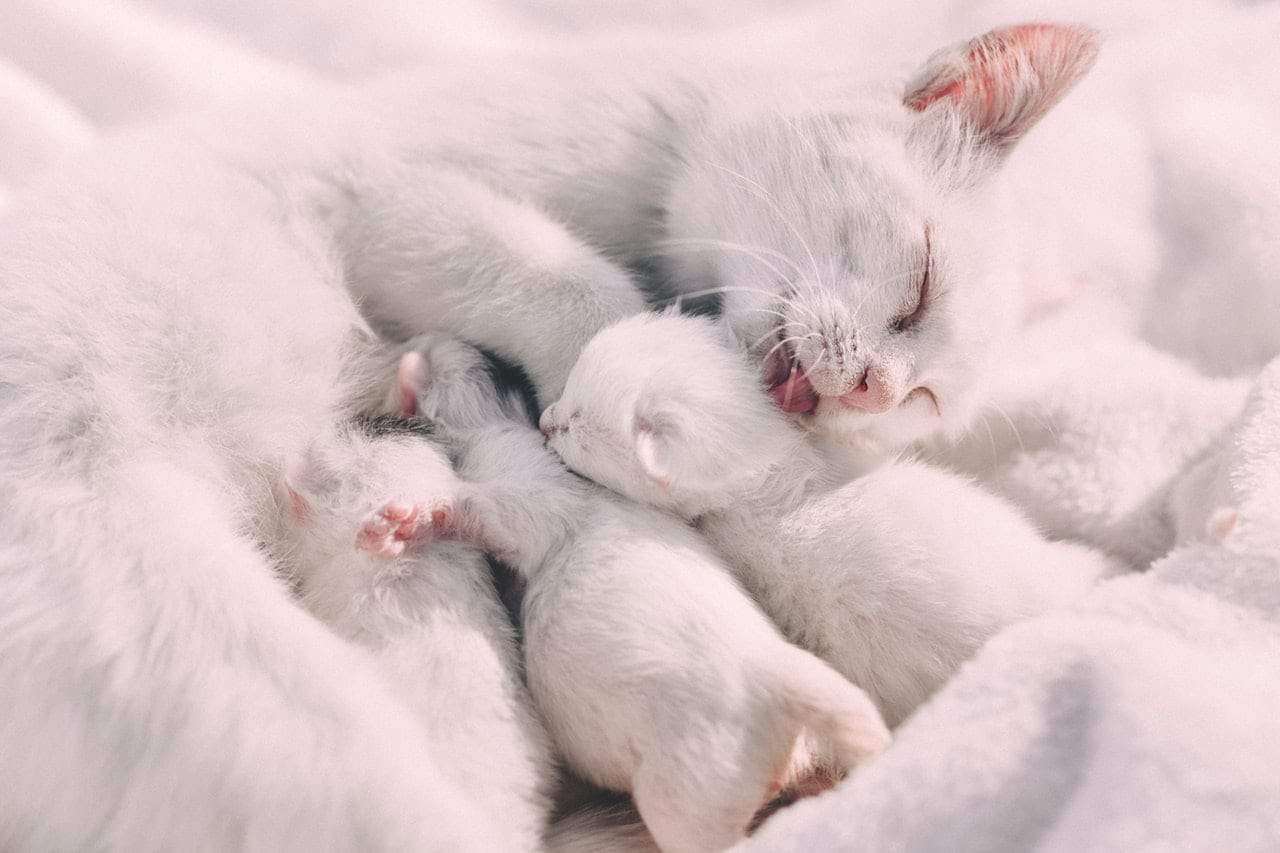
The Time is MEOW! Prepare Yourself For Your Cat’s 3 Stages of Labor
Pregnant Cat in Early Labor
When labor begins for your cat, she will most likely pant, vocalize and may become restless and pace around like she is searching for something. Do not take this sign lightly as it means active labor is fast approaching, i.e. contractions and dilation.
Hopefully your queen will retreat to the safe place you offered her, a box with blankets in the quiet designated area is perfect. But if she does not, then you cannot force the issue. This is a stressful time for your cat so do your best to keep her calm and give her the space and support she needs. Remember, there is the slim chance that you will have to intervene to assist with the newborn kittens. so a distance where you can give her adequate space but still be able to observe is needed.

Active Labor (Second Stage):
Once contractions are seen, a kitten should be born within four hours. If your cat’s pushing hard, a kitten should be passed within 30 minutes. This is the second stage of labor.
During the second stage of labor, each of your cat’s kittens will enter the world wrapped in a jelly-like membrane sac. This is the amniotic sac. The majority of the time, their mother will began to lick her newborn kitten in a way that is persistent enough to break the sac and allow the kitten to take their first breath.
The licking stimulates the kittens circulation and respiration. If for any reason in the rare event that mama cat doesn’t choose to break the sac and care for her kitten, you must intervene for the kitten’s sake. Use a soft towel to stimulate breathing for the kitten once the sac is broken, but be careful to practice precaution as the newborn kitten is extremely delicate.
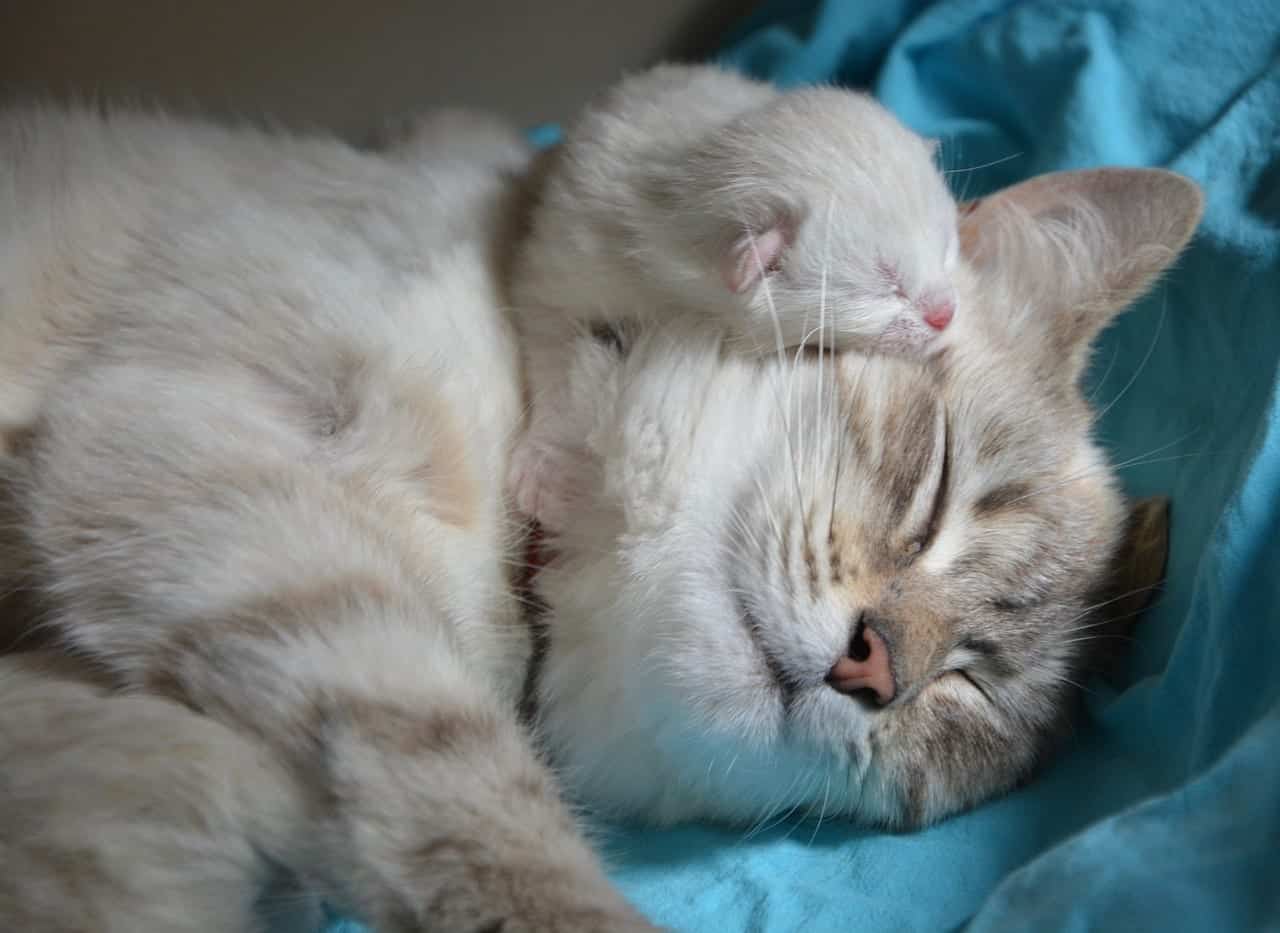
Third Stage of Labor
The third stage may not be something you’re thrilled about. But it’s necessary and needs to be understood should you have to step in to dispose of things:
The third stage labor involves the expulsion of the placenta. Count to be sure your cat delivers the same number of placentas as she does kittens. Then, feel free to take away the placentas and dispose of them in the event that your cat doesn’t instinctually do this herself.
How Long Does Delivery Last? It might feel like it goes past fast, but the entire delivery should take between 2 and 5 hours. In some cases, it can last up to 24 hours!

It’s important as your cat’s caretaker that you are prepared and know what to expect when the big day comes.
By keeping calm and providing your feline friend with the relaxed, calm setting that she needs, hopefully things will go just fine. Cats have been giving birth for centuries and this circle of life usually does not require human intervention. If anything seems off or out of the ordinary, please do not hesitate to contact your vet immediately.
For the first 24-48 hours following your cat’s delivery, she should remain in a resting period which serves to restore her energy and allow her to have time to bond with her newborns. Provide her with fresh water and food nearby should she want to eat.
Also, do not try to handle the kittens in the beginning and allow for two weeks to pass before doing so.
Mama cat puts her scent on her kittens, and prefers to keep things this way initially. You also do not want to risk mama cat from rejecting her kittens because your dissatisfying scent is on them.
REMEMBER: ADOPT, DON’T SHOP; FOSTERING SAVES LIVES & SPAY AND NEUTER!
Related Story: Pregnant Black Cat & Her Daughter Both Rescued From Hoarding Situation; Just In Time For Birth Of Her Kittens In Live Video!
Related Story: VERY Pregnant Cat Rescued From Streets ~ Not Only With New Babies On The Way, But 3 From Previous Litter!


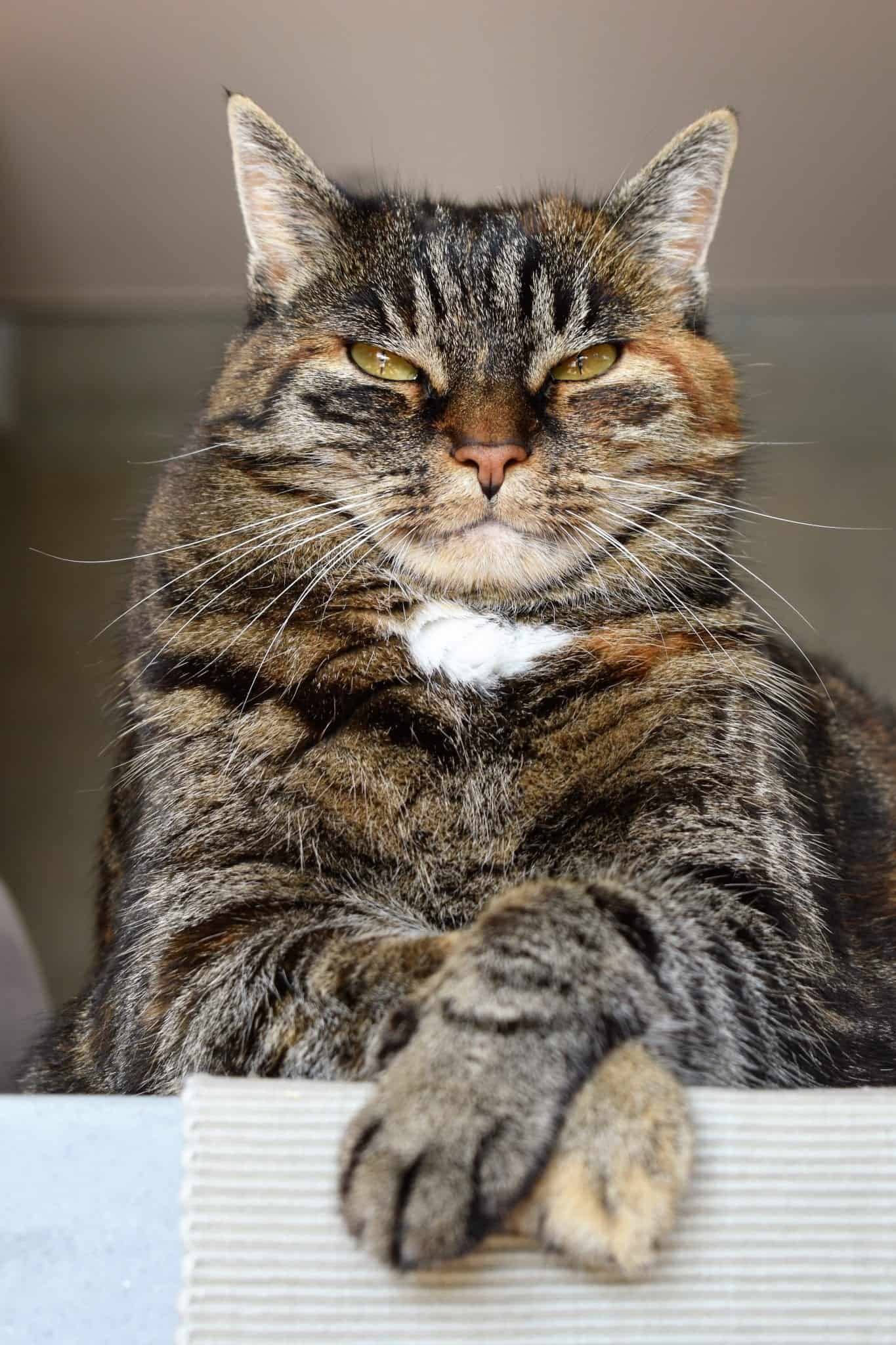
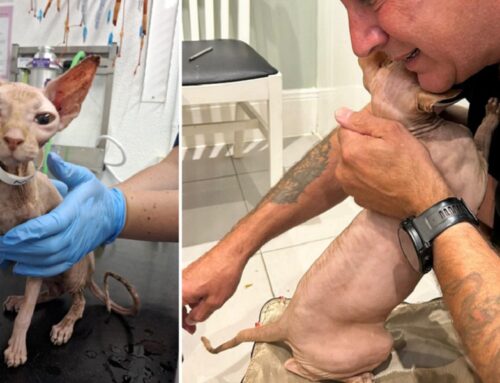
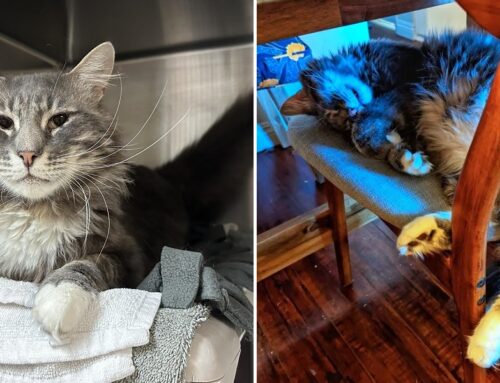

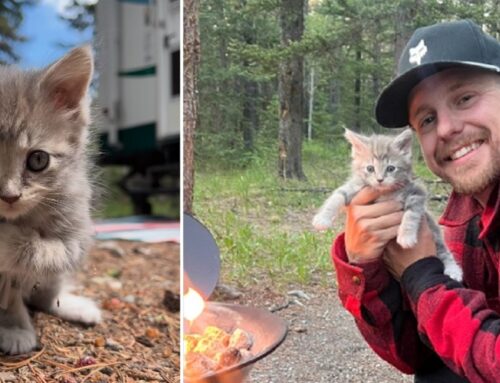


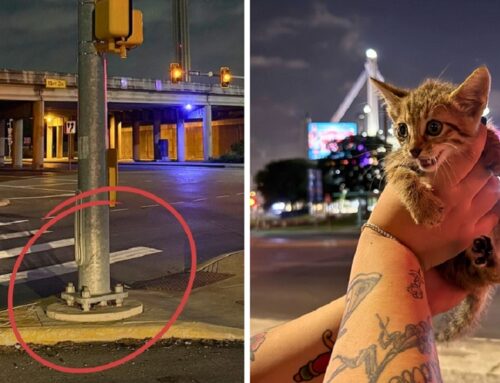
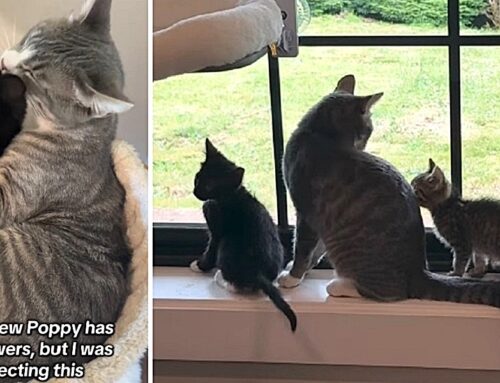
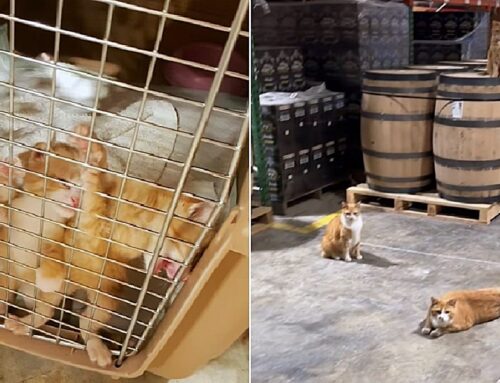

we had Siamese…….mama cat of course, tanked up on food an hour or so before giving birth….(Siamese never read the cat books on what they’re supposed to do…)
I have been raising cats for over 3 years and have also been a “midwife” for my cat on several occasions. After a few years, I noticed and drew the signs when the cat was about to give birth. But it’s very easy to see, we just have to pay attention to the cat to easily spot it.
1. Mammary Glands Will Increase in Size
2. Fall in Temperature
3. Behavioral Changes
4. Her Nesting Begins
5. The Decline in Appetite
6. Licking
These are the signs our cats can easily identify just before birth, but after many cats, I’ve learned from experience.
This article is very informative. Thank you so very much for posting 💓
My Siamese cat got into the bed with me and cuddled up so I could rub on her. The next thing I knew a kitten was coming out. I know cats like to hide in a safe and secure place, but I was shocked and honored that being next to me made her feel safe and secured.